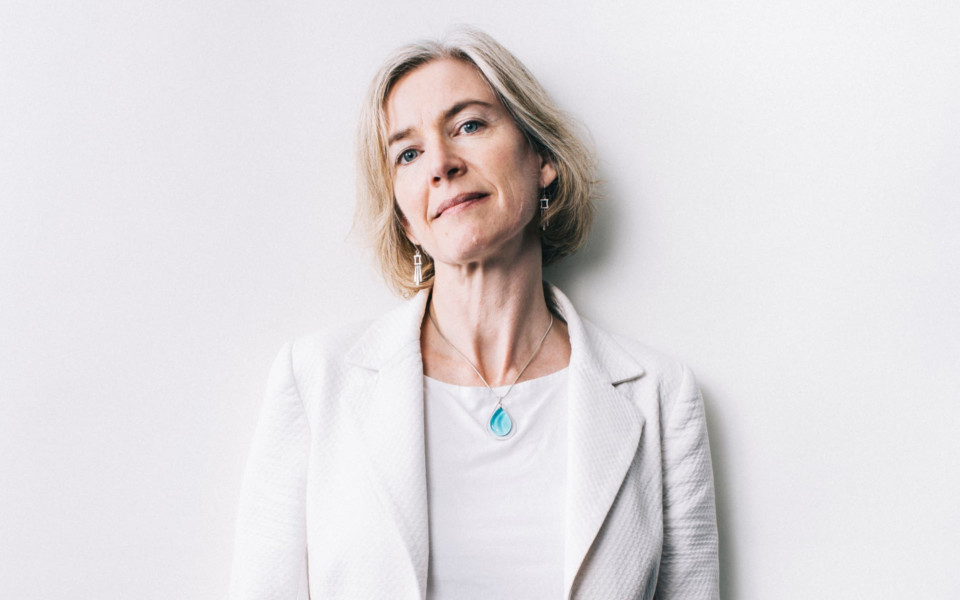Jennifer Doudna: ‘I have to be true to who I am as a scientist’
Jennifer Doudna, 53, is an American biochemist based at the University of California, Berkeley. Together with the French microbiologist Emmanuelle Charpentier, she led the discovery of the revolutionary gene-editing tool, Crispr. The technology has the potential to eradicate previously incurable diseases, but also poses ethical questions about the possible unintended consequences of overwriting the human genome.
Were you nerdy as a child? What got you hooked on science?
Yes, I was nerdy. My father was a professor of American literature in Hawaii and he loved books. One day I came home from school and he had dropped a copy of The Double Helix on the bed, by Jim Watson. One rainy afternoon I read it and I was just stunned. I was blown away that you could do experiments about what a molecule looks like. I was probably 12 or 13. I think that was the beginning of starting to think, “Wow, that could be an amazing thing to work on.”
You’ve spent most of your career uncovering the structure of RNA and never set out to create a tool to copy and paste human genes. How did you end up working on Crispr?
I think you can put scientists into two buckets. One is the type who dives very deeply into one topic for their whole career and they know it better than anybody else in the world. Then there’s the other bucket, where I would put myself, where it’s like you’re at a buffet table and you see an interesting thing here and do it for a while, and that connects you to another interesting thing and you take a bit of that. That’s how I came to be working on Crispr – it was a total side-project…


